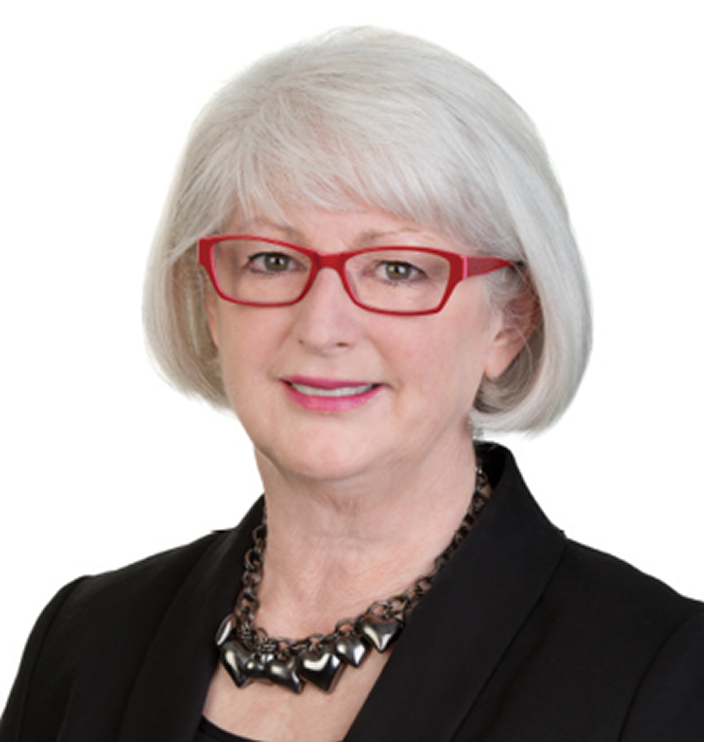critically about history, to respect the diversities of cultures in our neighbourhoods and to learn to treat each other with respect. Teachers and educators are a crucial link between the rhetoric of reconciliation and the reality of the vision fulfilled”.
There is a significant gap in advantage between Australian Aboriginal and Torres Strait Islander people and non Indigenous people across the areas of life expectancy, health, education, economic wellbeing, social justice and mental health. Closing the Gap in disadvantage between Indigenous and non Indigenous children is a commitment made by the Council of Australian Governments (COAG). The approved learning frameworks give us guidance about opportunities for teachers to assist in closing the gap in educational achievement.
Suzanne: How can services engage authentically in raising cultural competence?
Rhonda: I sometimes hear teachers say ‘but we don’t have Indigenous children attending the service’. Moving beyond tokenistic approaches, the NQF promotes the notion of culturally competent teachers who:•challenge discriminatory viewpoints of other educators and of children and explore where these understanding have come from
adapt curriculum to the individual ideas, interests and culture of each child by consulting with familiesuse resources that are culturally relevant and are mindful of literature which may contain bias, andengage in open conversations about diversity and difference.Interestingly research shows that:
children as young as three years old and sometimes earlier can show prejudiced behaviour and attitudes.Children are affected by the attitudes and behaviours of adults around them, and educating children reduces discrimination and violence in society over the long term.
Suzanne: What does a culturally competent teacher look like?
Rhonda: Teachers who are culturally competent will welcome reflective practice, a form of ongoing learning that involves engaging with questions of philosophy, ethics and practice. This involves:
reflecting on your own personal biasesexamining and rethinking your perspectivesquestioning whether your perspectives generaliseengaging in professional conversations with colleagues, andusing the reflective questions in the learning frameworks, for example ‘who is disadvantaged when I work in this way’? 









































































































































